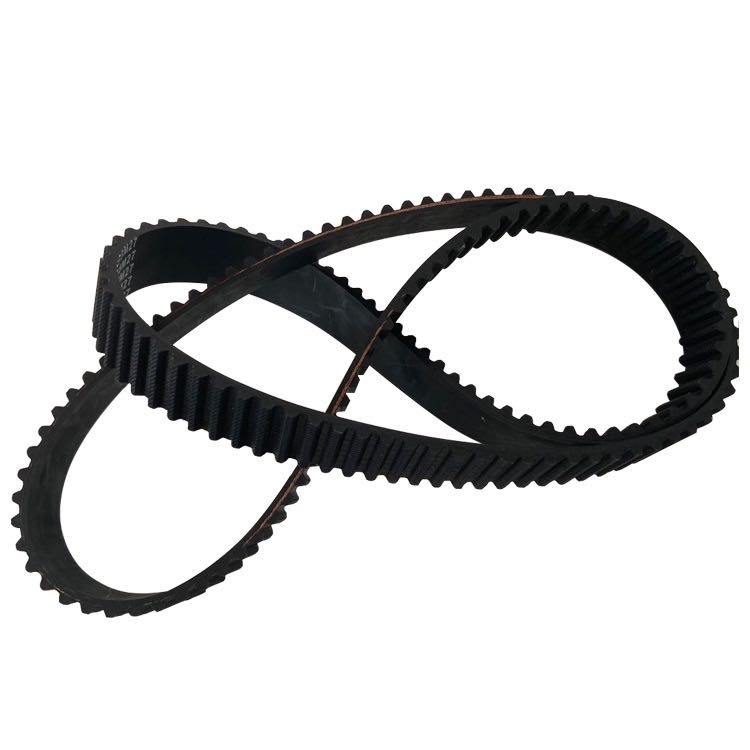- Arabic
- French
- Russian
- Spanish
- Portuguese
- Turkish
- Armenian
- English
- Albanian
- Amharic
- Azerbaijani
- Basque
- Belarusian
- Bengali
- Bosnian
- Bulgarian
- Catalan
- Cebuano
- Corsican
- Croatian
- Czech
- Danish
- Dutch
- Afrikaans
- Esperanto
- Estonian
- Finnish
- Frisian
- Galician
- Georgian
- German
- Greek
- Gujarati
- Haitian Creole
- hausa
- hawaiian
- Hebrew
- Hindi
- Miao
- Hungarian
- Icelandic
- igbo
- Indonesian
- irish
- Italian
- Japanese
- Javanese
- Kannada
- kazakh
- Khmer
- Rwandese
- Korean
- Kurdish
- Kyrgyz
- Lao
- Latin
- Latvian
- Lithuanian
- Luxembourgish
- Macedonian
- Malgashi
- Malay
- Malayalam
- Maltese
- Maori
- Marathi
- Mongolian
- Myanmar
- Nepali
- Norwegian
- Norwegian
- Occitan
- Pashto
- Persian
- Polish
- Punjabi
- Romanian
- Samoan
- Scottish Gaelic
- Serbian
- Sesotho
- Shona
- Sindhi
- Sinhala
- Slovak
- Slovenian
- Somali
- Sundanese
- Swahili
- Swedish
- Tagalog
- Tajik
- Tamil
- Tatar
- Telugu
- Thai
- Turkmen
- Ukrainian
- Urdu
- Uighur
- Uzbek
- Vietnamese
- Welsh
- Bantu
- Yiddish
- Yoruba
- Zulu
វិច្ឆិកា . 28, 2024 03:58 Back to list
Comparison of Flat Belt Drives and V-Belt Drives in Industrial Applications
Flat Belt Drive and V-Belt Drive An Overview
Belt drives are essential components in mechanical systems, serving as a means of transferring power from one shaft to another. Among the various types of belt drives, flat belt drives and V-belt drives are prominently used due to their efficiency and versatility. This article explores the characteristics, advantages, and applications of both types of drives.
Flat Belt Drive
Flat belt drives consist of a flat, flexible belt that runs over pulleys. They were widely used in early industrial applications and remain relevant in various settings today. The belt's flat surface allows it to maintain a firm grip on the pulleys, enabling the transfer of torque with minimal slippage.
One of the primary advantages of flat belt drives is their ability to accommodate large distances between shafts. They can be used effectively in applications where the driving and driven pulleys are spaced far apart. This makes them ideal for driven systems in factories and large machinery.
However, flat belt drives come with certain limitations. They require precise alignment of the pulleys to minimize wear and slippage. Additionally, flat belts can suffer from inefficiencies, especially when handling high-speed applications, as they may generate friction that can lead to power loss. To mitigate this issue, it's important to select appropriate belt materials and ensure proper tensioning to maintain efficiency.
V-Belt Drive
In contrast, V-belt drives utilize belts that are trapezoidal in cross-section, which fit securely into matching grooves on the pulleys. This design provides a greater surface area for friction, resulting in improved grip and power transmission, making V-belts well-suited for high-speed and high-torque applications.
flat belt drive and v belt drive

One of the leading advantages of V-belt drives is their compactness. Due to their design, they can transmit a significant amount of power in a smaller space compared to flat belt drives. Additionally, V-belts are less susceptible to slippage, making them ideal for applications requiring consistent performance, such as in automotive engines, conveyor systems, and various industrial machines.
Moreover, V-belts require minimal maintenance and are relatively easy to install. Their self-alignment feature helps reduce wear and extend their lifespan, which is essential in environments where downtime leads to significant losses.
Comparative Analysis
When comparing flat belt and V-belt drives, each has its own strengths and weaknesses. Flat belts excel in applications where long distances need to be bridged and where initial setup costs need to be minimized. However, they may not perform well under high loads or speeds.
Conversely, V-belts are often the preferred choice in high-performance settings due to their superior grip and efficiency. Their compact design and lower risk of slippage make them suitable for diverse applications, though they may require more careful pulley alignment and maintenance considerations.
Conclusion
In conclusion, both flat belt drives and V-belt drives have their unique roles in power transmission systems. The choice between the two depends largely on the specific requirements of the application, including distance, speed, load, and maintenance considerations. Understanding the distinctions between these two types of drives allows engineers and operators to make informed decisions, optimizing performance and longevity in mechanical systems.
-
Korean Auto Parts Timing Belt 24312-37500 For Hyundai/Kia
NewsMar.07,2025
-
7PK2300 90916-T2024 RIBBED BELT POLY V BELT PK BELT
NewsMar.07,2025
-
Chinese Auto Belt Factory 310-2M-22 For BMW/Mercedes-Benz
NewsMar.07,2025
-
Chinese Auto Belt Factory 310-2M-22 For BMW/Mercedes-Benz
NewsMar.07,2025
-
90916-02660 PK Belt 6PK1680 For Toyota
NewsMar.07,2025
-
drive belt serpentine belt
NewsMar.07,2025

